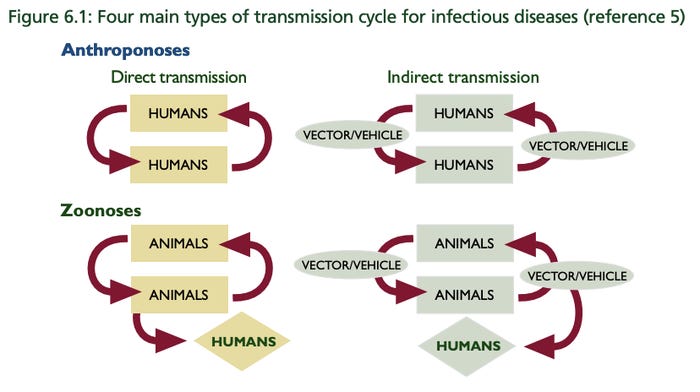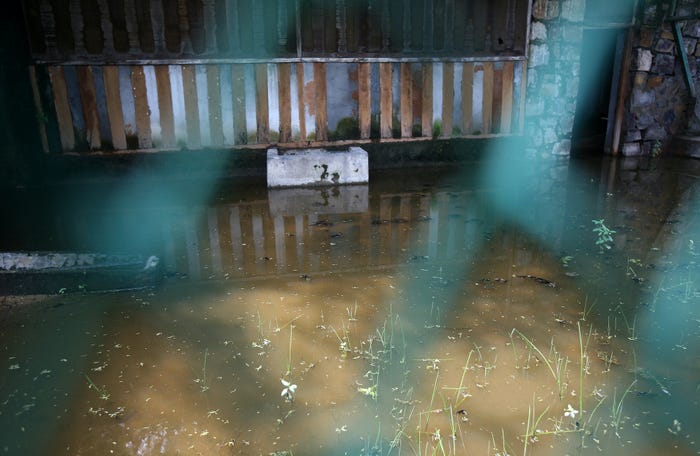 Certain rodent-borne diseases are associated with flooding, which is expected to increase as temperatures rise worldwide. BULENT KILIC/AFP via Getty Images
Certain rodent-borne diseases are associated with flooding, which is expected to increase as temperatures rise worldwide. BULENT KILIC/AFP via Getty Images
Today's novel coronavirus has wreaked havoc on the globe.
The pandemic has rapidly uprooted life as we know it and left countries across the world scrambling to contain the outbreaks. In just a few short months, billions of people have become jobless, ill, or had their lives significantly disrupted.
But this might not be the only infectious disease we'll have to battle in our lifetimes.
According to research from the World Health Organization, and other institutions, the threat of climate change could make outbreaks even worse in the coming decades.
Researchers fear that as temperatures continue to rise, infectious-disease carrying animals could adapt to more widespread climates, pathogens could become stronger at surviving in hotter temperatures, and the human immune system could face greater difficulty in battling illness.
Though the COVID-19 pandemic has not been linked to climate change, here's how rising global temperatures could lead to an increase in future infectious diseases.
Infectious diseases can spread in multiple ways: from humans to humans, from animals to humans, and from a vector like mosquitoes, for example.
 An illustration showing an example of human-to-human disease transmission. World Health Organization
An illustration showing an example of human-to-human disease transmission. World Health Organization
As global temperatures continue to rise and create changing weather patterns like increased rainfall, natural disasters, and extreme heat waves, there could be an increase in the ideal environments needed to spread some types of infectious disease.
 A view of the flooded Delhi Zoo, where Aedes mosquito larvae have been found at various places. Parveen Negi/The India Today Group via Getty Images
A view of the flooded Delhi Zoo, where Aedes mosquito larvae have been found at various places. Parveen Negi/The India Today Group via Getty Images
Continue reading here.













